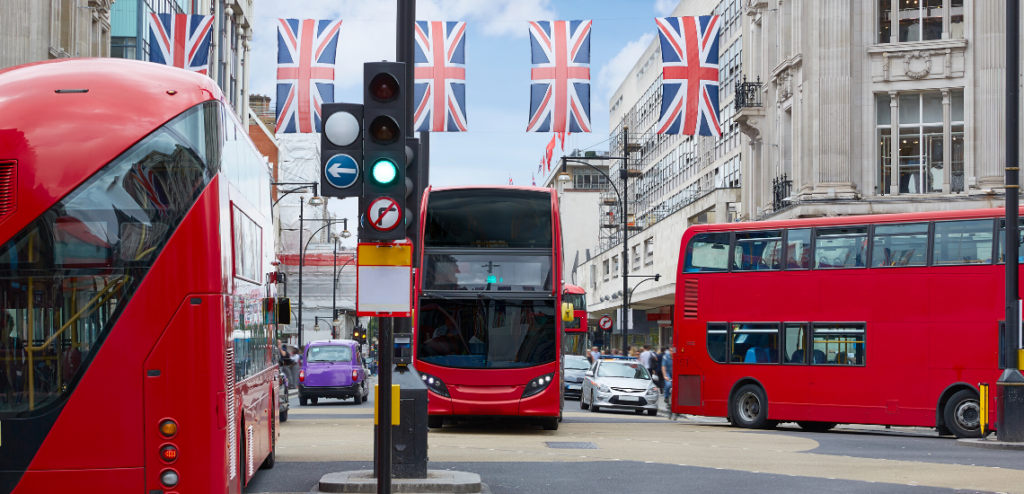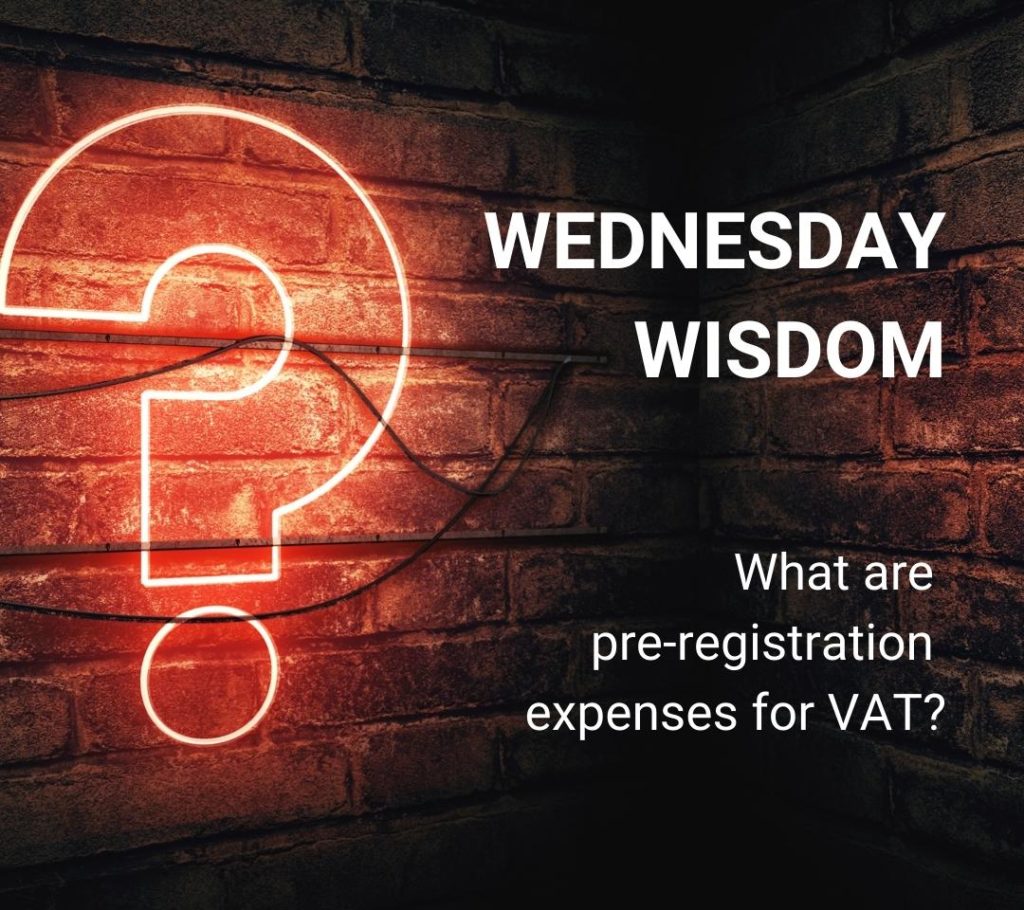Chancellor Rishi Sunak presented a Summer Economic Update on Wednesday 8 July 2020. In his speech he stated that the government has taken decisive action to protect the UK economy but people are anxious about losing their job and the rise in unemployment.
The Chancellor’s statement was therefore setting out the government’s Plan for Jobs. The policy measures set out a three-point plan. The Chancellor stated the aims of the government are to:
- first – support people to find jobs
- second – create jobs
- third – to protect jobs.
Our summary of the measures follow the three-point plan. In addition we explain some of the other measures that are still operating to support businesses and their employees – in particular the second phases of the Coronavirus Job Retention Scheme and the Self-employment Income Support Scheme. Both of these measures will continue to provide support to businesses and employees. Please do not hesitate to contact us if you would like assistance with either of these measures.
Supporting jobs
Job Retention Bonus
The Job Retention Scheme has supported over one million employers to protect over nine million jobs. The government has confirmed that this scheme will finish at the end of October and further details of the scheme are provided later in this summary.
The Chancellor has announced that a new Job Retention Bonus will be available to reward and incentivise employers who retain their previously furloughed employees. The government will introduce a one-off payment of £1,000 to UK employers for every furloughed employee who remains continuously employed through to the end of January 2021. However, employees must earn above the Lower Earnings Limit (£520 per month) on average between the end of the Coronavirus Job Retention Scheme and the end of January 2021. Payments will be made from February 2021. Further details about this scheme will be announced by the end of July.
The Kickstart Scheme
One of the main announcements in the Chancellor’s speech related to the introduction of a new Kickstart Scheme to fund the direct creation of high quality jobs for young people at the highest risk of long-term unemployment.
This will be a £2 billion fund to create hundreds of thousands of high quality six-month work placements aimed at those aged 16-24 who are on Universal Credit and are deemed to be at risk of long-term unemployment. Funding available for each job will cover 100% of the relevant National Minimum Wage for 25 hours a week plus the associated employer National Insurance Contributions and employer minimum automatic enrolment contributions.
More changes to support jobs
To address the ongoing challenges that the economy faces, the government has a large-scale plan to support people in finding jobs, enable them to gain the skills they need to get jobs and provide targeted help for young people to get into work.
In addition, the government intends to support those who are out of work for a longer period with a new large-scale employment support offer.
Further details will be announced shortly. The announcements include:
New funding for National Careers Service – an additional £32 million funding over the next two years for the National Careers Service for personalised advice on training and work.
High quality traineeships for young people – an additional £111 million this year for traineeships in England to fund high quality work placements and training for 16-24 year olds with a view to tripling participation in traineeships. The government will pay employers who provide trainees with work experience £1,000 per trainee.
Payments for employers who hire new apprentices – a new payment of £2,000 to employers in England for each new apprentice they hire aged under 25, and a £1,500 payment for each new apprentice they hire aged 25 and over, from 1 August 2020 to 31 January 2021.
Courses for school and college leavers – £101 million for the 2020/21 academic year to give all 18-19 year olds in England the opportunity to study targeted high value Level 2 and 3 courses when there are not employment opportunities available to them.
Expanded Youth Offer – expand and increase the intensive support offered by the DWP in Great Britain to young jobseekers to include all those aged 18-24 in the Intensive Work Search group in Universal Credit.
Enhanced work search support – £895 million to enhance work search support by doubling the number of work coaches in Jobcentre Plus before the end of the financial year across Great Britain.
Expansion of the Work and Health Programme – up to £95 million this year to expand the scope of the Work and Health Programme in Great Britain to introduce additional voluntary support in the autumn for those on benefits that have been unemployed for more than three months.
Job finding support service – £40 million to fund private sector capacity to introduce a job finding support service in Great Britain in the autumn. This online, one-to-one service will help those who have been unemployed for less than three months increase their chances of finding employment.
Flexible Support Fund – increased funding for the Flexible Support Fund of £150 million in Great Britain, including to increase the capacity of the Rapid Response Service, which will also provide local support to claimants by removing barriers to work such as travel expenses for attending interviews.
New funding for sector-based work academies – an additional £17 million this year to triple the number of sector-based work academy placements in England in order to provide vocational training and guaranteed interviews for more people.
Creating Jobs
The second part of the government’s plan for jobs is to support job creation. Two measures have been announced to support the residential housing market.
Stamp Duty Land Tax: temporary reduced rates
Reduced rates of Stamp Duty Land Tax (SDLT) will apply for residential properties purchased from 8 July 2020 until 31 March 2021 inclusive. SDLT will only be due on the amount paid for the property above £500,000. On 1 April 2021 the reduced rates will revert to the rates of SDLT that were in place prior to 8 July 2020.
These rates apply whether the property is a first home or the person has owned property before.
| Property or lease premium or transfer value | SDLT rate |
| Up to £500,000 | Zero |
| The next £425,000 (the portion from £500,001 to £925,000) | 5% |
| The next £575,000 (the portion from £925,001 to £1.5 million) | 10% |
| The remaining amount (the portion above £1.5 million) | 12% |
Higher rates for additional properties
| Property or lease premium or transfer value | SDLT rate |
| Up to £500,000 | 3% |
| The next £425,000 (the portion from £500,001 to £925,000) | 8% |
| The next £575,000 (the portion from £925,001 to £1.5 million) | 13% |
| The remaining amount (the portion above £1.5 million) | 15% |
Other existing rules relating to SDLT remain unchanged, including:
- the 3% higher rate for purchases of additional dwellings applies on top of the revised standard rates above for the period 8 July 2020 to 31 March 2021
- companies as well as individuals buying residential property worth less than £500,000 will also benefit from these changes, as will companies that buy residential property of any value where they meet the relief conditions from the corporate 15% SDLT charge.
Green Homes Grant
A new £2 billion grant will be introduced to encourage over 600,000 homeowners and landlords across England to make their properties more energy efficient. The grant will provide at least £2 for every £1 spent, up
to a maximum of £5,000 per household or to fully fund energy efficiency measures up to £10,000 for those on the lowest incomes.
Other measures to boost construction
Some of the measures to boost construction are also designed to create ‘green jobs’. The announcements include:
Public Sector Decarbonisation Scheme – public sector bodies including schools and hospitals will benefit from a £1 billion investment to fund energy efficiency and the upgrade to low carbon heating systems.
Green Jobs Challenge – investment of up to £40 million will help to create and protect 5,000 jobs in England working on improving the natural environment, planting trees, clearing waterways and creating green spaces for people and wildlife.
Direct Air Capture – new Research and Development funding of £100 million will be available for new clean technology looking to capture CO2 from the air.
Social Housing Decarbonisation Fund – a scheme to help landlords improve the least energy efficient homes will be established with a project starting with £50 million for decarbonising social housing in 2020/21.
Construction Talent Retention Scheme – to help retain skills within the construction sector, the Construction Talent Retention Scheme will support the redeployment of workers at risk of redundancy, matching workers to opportunities across the UK.
Short term Home Building Fund extension – an injection of £450 million development finance is to be made available to small and medium sized housebuilders to support the building of around 7,200 new homes in England. A part of the fund will be reserved for firms using innovative approaches to housebuilding.
Planning reform – new legislation will be introduced in Summer 2020 to make it easier for buildings to be converted to different uses, including housing, without the need for planning permission.
Essential Maintenance of the School and Further Education (FE) Estate – additional funds and the bringing forward of already committed funds to carry out urgent and essential maintenance and improve the condition of the School and FE estate.
Prison, Probation and Court Service investment – funds have been made available to maintain and improve the prison and court estates and to fast-track the digitalisation of courts and prisons in England and Wales.
Protecting jobs
The focus of the Chancellor’s statement for job protection was on the hospitality and tourism sectors. He emphasised that:
- these sectors are amongst the highest employing sectors across the UK
- although firms have received support, the nature of their businesses means that as a result of lockdown many of these businesses still face great challenges
- workers in the hospitality sector are disproportionately young, with fewer qualifications and are more likely to be unemployed for a long time if they lose their jobs. Such workers are also likely to be female or from a Black, Asian or minority ethnic background.
In the next step towards recovery, the government considers the best way to secure jobs in these sectors is to support demand for these businesses. Measures will therefore be introduced to encourage people to return to their normal habits and make the most of the reopening of businesses within these sectors. The following measures will be introduced.
Eat Out to Help Out
In order to support around 130,000 businesses and to help protect the jobs of their 1.8 million employees, the government will introduce the Eat Out to Help Out scheme to encourage people to return to eating out.
This will entitle every diner to a 50% discount of up to £10 per head on their meal, at any participating restaurant, café, pub or other eligible food service establishment. The discount can be used unlimited times and will be valid Monday to Wednesday on any eat-in meal (including on non-alcoholic drinks) for the month of August 2020 across the UK.
Participating establishments will be fully reimbursed for the 50% discount.
Pre-announced measures
The second phases of the Coronavirus Job Retention Scheme and the Self-employment Income Support Scheme will continue to provide support to businesses and employees. Business owners need to claim for these schemes and we summarise the main points here.
Coronavirus Job Retention Scheme (CJRS) Phase 2
The CJRS was released in the first wave of the package of measures designed to help protect jobs and prevent redundancies at the start of the pandemic. Phase 1 of the scheme ran from 1 March to 30 June 2020 with employers having until 31 July 2020 to make the claims for the period to 30 June 2020.
On 1 July 2020 phase 2 commenced. Under the Flexible Furlough Scheme, for claim periods starting after 1 July 2020 employers can bring furloughed employees back to work for any amount of time or on any shift pattern, while still being able to claim the government grant to cover the cost for the hours not worked.
From 1 July 2020, only employees previously furloughed are eligible under the revised flexible scheme and the rules change slightly each month until the scheme closes on 31 October 2020, making it no longer possible for claim periods to overlap calendar months. Claims can only be made for a period of at least seven days, except where the period includes the first or last day of the month where a claim has already been made for the period ending immediately before. Only one claim can be made for any period and all furloughed and flexibly furloughed employees must be included in the one claim (even if they are paid at different times).
If the employee is fully furloughed they must not work for the employer during the claim period but the claim is still calculated using the ‘maximum wage amount’ of £2,500 per month or £576.92 per week. However this is not what can necessarily be claimed in the grant. In July and August the government will contribute 80% of the employee’s wage up to £2,500 with a contribution in July only for the employer NICs and pension contributions. From August onwards the employer NICs and pension contributions become the employer’s responsibility.
In September the government grant falls to 70% of the wages up to £2,187.50 with the employer being required to contribute 10% of the wages up to £312.50 and the government grant falls again in October to 60% of the wage up to £1,875 with the employer being required to contribute 20% up to £625.
Flexible furlough
It is when an employee is flexibly furloughed that the Government grant calculation requires that the ‘usual’ hours and the ‘furloughed’ hours are calculated. This is because the grant can still be claimed for the hours the employee does not work compared to the hours they would usually have worked in that period. The ‘usual’ hours are dependent on whether the employee is on a ‘fixed’ hours rate or a ‘variable’ hours rate contract.
The term ‘variable’ hours is used to describe an employee who is not contracted for a fixed number of hours or whose pay depends on the hours worked and a ‘fixed’ hours employee is an employee where neither of these conditions apply.
The calculation of the amount of the CJRS grant for those on flexible furlough will be based on the report of the ‘usual’ hours worked for an employee on a ‘fixed’ hour contract and on the higher of the ‘usual’ wage earned for the corresponding calendar period in 2019/20 and the average wages payable in 2019/20 for a variable hour contract.
Other points
Payments received by a business under the scheme must be included as income in the business’s calculation of its taxable profits. Businesses can deduct employment costs as normal when calculating taxable profits.
Individuals with employees that are not employed as part of a business (such as nannies or other domestic staff) are not taxable on grants received under the scheme. Domestic staff are subject to Income Tax and National Insurance Contributions on their wages as normal.
There are special rules for those returning to work following periods of parental leave or being re-hired after being made redundant and employers must ensure the requirements of the National Living and National Minimum Wage are not breached.
HMRC will include legislation in the Finance Bill 2020 to allow for the clawback of any amounts of the CJRS grant which were not due with the potential for a penalty charge for failure to notify or the deliberate concealment of an error.
Self-employment Income Support Scheme (SEISS)
To support the self-employed through the pandemic, the government introduced the SEISS. It is a taxable government grant at a rate of 80% of average monthly trading profits. The claims service launched on 13 May 2020 and the grant is paid out in a single payment covering three months, capped at £7,500.
The grant has been extended for a further three months with the final payment being available to claim from 17 August 2020. The second payment of 70% of average monthly trading profits for three months will be subject to a cap of £6,570. Claimants do not need to have claimed the first grant in order to claim the second but claims for the first grant must be made by 13 July and claims for the final grant must be made by 19 October 2020.
The eligibility criteria are the same for both grants, but individuals will need to confirm that their business has been adversely affected by coronavirus when applying for the final grant.
If an individual receives the grant they can continue to work, start a new trade or take on other employment including voluntary work. The grant will be subject to income tax and national insurance, but it is not a taxable supply for VAT purposes. The grant amount will be paid directly into a bank account, in one instalment.
When calculating the amount of grant, HMRC will use the figures on tax returns for total trading income (turnover), then deduct any allowable business expenses and capital expenditure. This includes any business expenses deducted through the trading allowance and capital allowances but will not include any losses brought forward.
As with the first grant an individual can claim if they are a self-employed individual or a member of a partnership and:
- carry on a trade which has been adversely affected by coronavirus
- trading profits for the years used in the calculation must average no more than £50,000 and be at least equal to non-trading income in the year
- traded in 2018/19 and submitted their self-assessment tax return on or before 23 April 2020
- traded in 2019/20, and
- intend to continue to trade in 2020/21.
The payment will be based on an average of the trading profits for the three years: 2016/17, 2017/18 and 2018/19. However HMRC are mindful that some businesses may have not traded in 2016/17 or 2017/18. HMRC will average 2017/18 and 2018/19 or base the payment on 2018/19 alone, depending on the trading history.
HMRC will use data on the tax returns already submitted to identify those eligible to claim.
Support for cultural, arts and heritage institutions
In a joint press release issued two days before the Economic Update, HM Treasury and the Department for Digital, Culture, Media & Sport announced a number of support measures.
The package includes:
- £1.15 billion support pot for cultural organisations in England delivered through a mix of grants and loans. This will be made up of £270 million of repayable finance and £880 million grants
- £100 million of support for the national cultural institutions in England and the English Heritage Trust
- £120 million capital investment to restart construction on cultural infrastructure and for heritage construction projects in England which were paused due to the coronavirus pandemic.
The new funding will also mean an extra £188 million for the devolved administrations in Northern Ireland (£33 million), Scotland (£97 million) and Wales (£59 million).
Decisions on awards will be made working alongside independent figures from the sector including the Arts Council England and other specialist bodies such as Historic England, National Lottery Heritage Fund and the British Film Institute.
If you would like more information on any of the above. Please get in touch with a member of the Creatives team.







